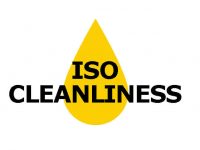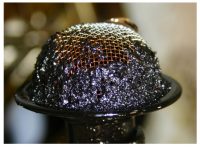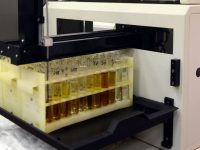Varnish Potential Analysis - Report Upgrades In order to provide the best analysis and recommendations of varnish test results, TestOil will be making some changes to reporting and alarming of several varnish test parameters. Ultra Centrifuge: After reviewing many case studies, TestOil analysts have determined that there are instances when ultra centrifuge results as low…
Read more
Technical Bulletin: Varnish Report Updates







